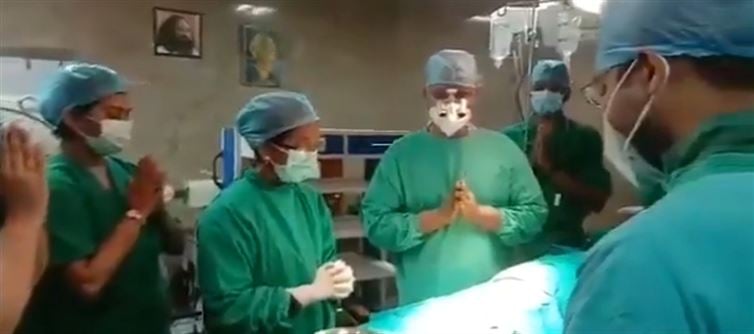
While the act may have been intended as a fusion of faith and healing, it has sparked a fierce debate about professionalism, ethics, and the visible influence of politics and religion in spaces meant to be guided by science. Many critics point to this as a byproduct of 11 years under narendra Modi’s BJP-led government, where public expressions of religiosity have increasingly merged with state institutions.
Reactions online have been swift and polarizing. One netizen sarcastically questioned, “What if the operation fails? Will Bhagwan Dhanvantari be blamed?”—highlighting the tension between faith-based symbolism and medical accountability. Others were more blunt, calling it a “mockery of the profession done by its own people.”
Medical professionals and ethicists argue that an operation theatre must remain a sterile, focused environment where the priority is patient safety—not religious rituals staged for likes and virality. While individual doctors may hold personal beliefs, recording such practices and broadcasting them can raise serious concerns about the boundaries between personal faith and clinical duty.
Beyond the issue of ritual, the broader concern lies in how the increasing infusion of religion into secular, scientific spaces might erode trust in institutions meant to be neutral and evidence-based. india is a country of immense religious diversity, and the medical field must serve all patients equally—irrespective of faith.
Filming a religious chant in an OT, with visible symbols of specific spiritual leaders, may alienate patients of different beliefs and undermine the universality of medical ethics. Critics insist that such practices must not only be condemned but clearly regulated to preserve the sanctity, professionalism, and inclusivity of healthcare.




 click and follow Indiaherald WhatsApp channel
click and follow Indiaherald WhatsApp channel